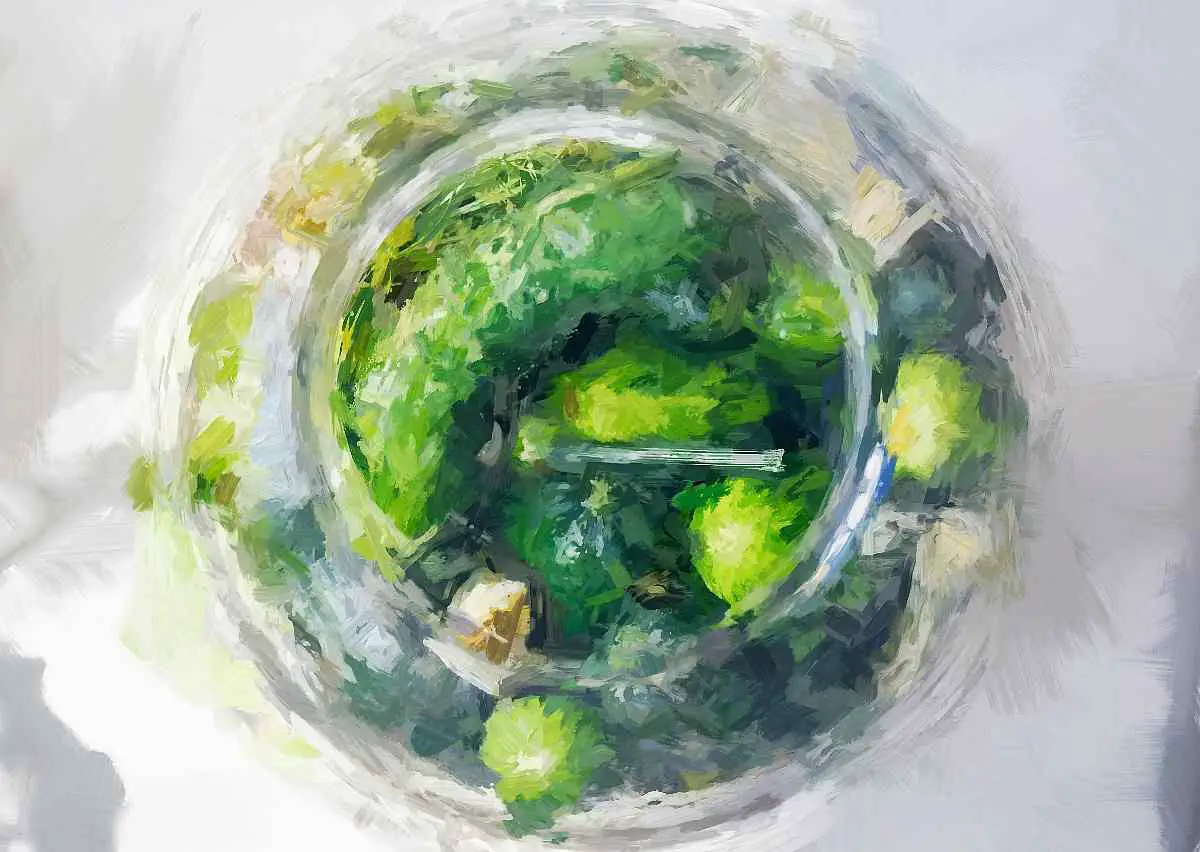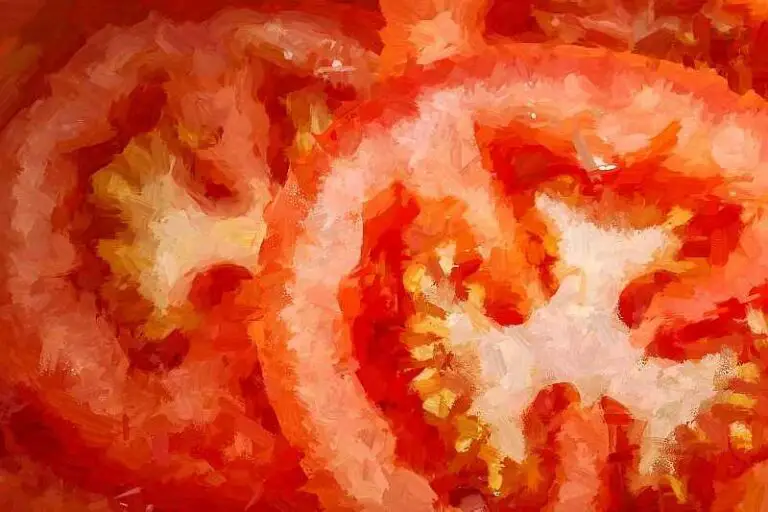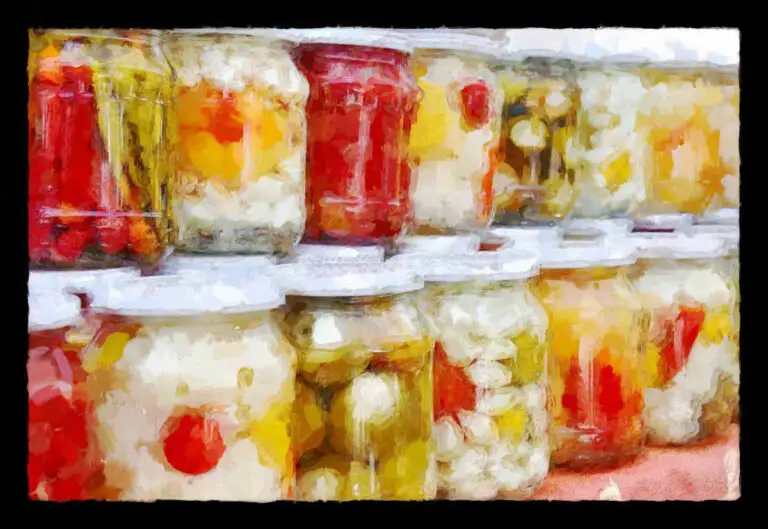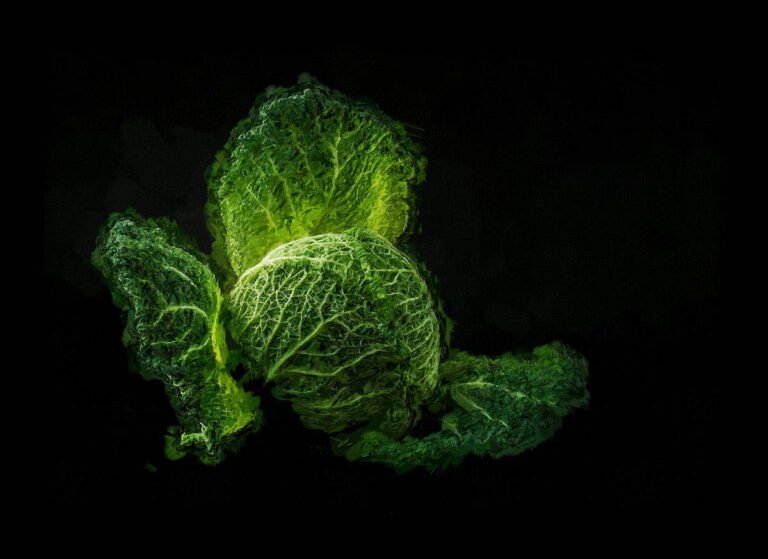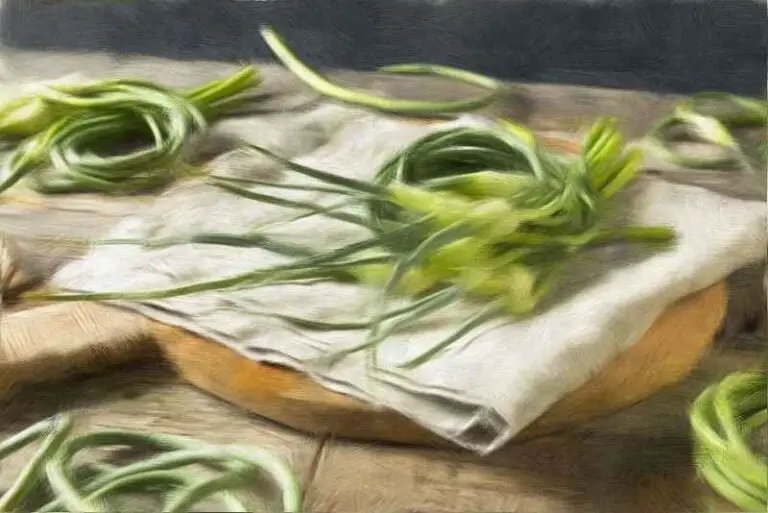Fermented Brined Pickles – Easy Recipe And How To
How easy is it to make crisp pickles at home? VERY. In fact it is so easy that after reading this post you’ll be ready to prepare your first jar right away.
Fermented cucumbers, fermented pickles, brined pickles or just pickles ( yes, pickles ARE fermented cucumbers or, at least, the original recipe was… ) are so globally loved that one really has to learn how to make them at home.
Be it in a vinegary solution or submerged by a salty brine, I bet you too have eaten them at least once in your life.
Get ready with a jar, some cucumbers and a little salt then follow the steps of our recipe for “fermented pickles made easy”.
Your first brined pickles will be ready in no time.
Let’s begin
Can You Pickle All Types Of Cucumbers?
If it’s true that in theory you could pickle any regular cucumber variety, fermenters tend to choose those of a smaller size and with a thicker skin and flesh.
In fact they usually produce crunchier pickles than the so-called “slicing” varieties which are those we normally eat, obviously, sliced.
For fermentation some of the most widely used types of cucumbers are Kirby, Calypso and Gherkin, with Gherkin being a variety so commonly used that it has become a substitute name to define pickles.
If, instead, you can get your hands on heirloom cucumbers then go with Boston or Chicago Pickling, Double-Yield, Russian Pickling and Miniature White.
You won’t be disappointed!
Don’t you have the right cucumber variety handy? Try lacto-fermented carrots or pickled watermelon rinds instead.
And why not making the very famous Italian mixed pickle called Giardiniera?
Choose The Right Cucumber Size
In order to make the best pickles you have to carefully choose cucumbers that are not too small nor too big; ideally around 7–10 cm ( 3-4 inches )
Besides that, make sure to be consistent in your choice and pack in one jar only cucumbers of roughly the same size.
By doing so the final product will be more uniformly fermented and have the same consistency.
How To Ferment Pickles
Making lacto fermented cucumbers is a pretty easy job that anyone can do, regardless of where they live on this beautiful globe of ours.
In fact, after choosing the right variety and the right size of cucumber you will only need a handful of ingredients plus a fermentation vessel to be ready to start.
Choose The Right Container
Traditional pickles, much like sauerkraut, were made inside water sealed ceramic crocks where cucumbers were tightly packed with ceramic weights placed on top.
Although this vessel is indisputably a great option for intermediate and advanced fermenters it is not the recommended choice for beginners.
If you are not accustomed to fermenting food at home I advise you to start with good glass jars like Bormioli Fido or Bormioli Four Seasons.
No airlocks or other special equipment are needed.
Fermented Brined Pickles: EASY RECIPE
This recipe will work for any amount you intend to prepare
INGREDIENTS
- Cucumbers
- Salt
- Water
- Bay leaves
- Garlic ( fresh )
- Peppercorns or chillies
- Dill ( or any other herbs you desire )
STEPS
- Wash cucumbers and remove both ends
- Weigh them ( always use the metric system ), submerge them in ice cold water for a couple of hours and make sure to discard the floaters
- Add sliced garlic, cracked peppercorns, one bay leaf cut in half, and herbs to the bottom of every jar then add cucumbers
- Pour water in the jars then pour it out and weigh it
- Prepare a 5% brine with salt concentration being a percent of the TOTAL weight of cucumbers + water
- Once salt has dissolved, pour the brine into the jar. Make sure to leave a 2-3cm ( 1 inch ) headspace and that all produce is submerged
- Weigh cucumbers down with a glass weight or anything else you have handy and seal the jar with the lid
- Write the date on it and let it ferment for at least 10 to 14 days at room temperature before tasting
As you can see this is a basic recipe for fermented pickles and it is nowhere a definitive one; you can personalise it by adding the flavours you and your family enjoy the most.
Now for tips & tricks and common questions…
Here we go.
How Long Does It Take To Ferment Cucumbers?
To properly ferment pickles at room temperature equal or colder than 20 degrees Celsius ( 69 Fahrenheit ) it is recommended to let microorganisms work for at least 10 days.
A couple of weeks would be even better.
At that point, and assuming no more bubbling is happening inside the jar, you can proceed with tasting to check where your gherkins are at.
How To Keep Fermented Pickles Crisp
Although Mother Nature always rules, there are a few things we fermenters can do to maximise our chances of keeping our fermented pickles crisp.
Here they are
- Pick fresh and hard cucumbers
- Choose the right variety
- Soak them in ice cold water for a few hours before jarring them
- Poke a hole in each one of them with a toothpick
- Remove both ends
- Add tannin rich leaves to the jar ( bay leaves, grape, tea etc )
Remember: lacto-fermentation won’t harden cucumbers so if you start with soft ones you will inevitably end up with mushy pickles.
The Right Salt Ratio To Make Brined Cucumbers
As you might know, commercially fermented pickles use a salt ratio between 5% and 8% with an apparent soft spot at 6%.
At home, instead, people have been fermenting cucumbers even with concentrations of 3.5%.
So what is the right salt concentration?
Without attempting to be a scientist, for medium sized cucumbers my choice has always been around 5% of the combined weight of water and produce.
If I were to lacto-ferment small cucumbers like gherkins or if I were to cut them, I think I would probably choose a lighter brine instead.
The common concern is that by using such a high salt percentage the end result could be very salty.
It is indeed a possibility.
But there are methods we can implement to make eating pickled cucumbers a pleasure rather than something similar to chewing on a bar of salt.
I’ll share with you my favourite.
When fermentation is over, drain the cucumber brine ( don’t throw it away! ) and substitute it with a pickling one made with 40% vinegar and 60% water ( or 50% and 50% ).
You can also add a little sugar if that’s your preference.
Let the jars rest for some days before consuming.
How To Store Pickles
Very simply, you can store your jars of pickles in the refrigerator, in a cool room or a cellar.
If vegetables are properly fermented and best practices have been followed your cucumbers will last for many many months without spoiling.
Remember that cool or fridge temperatures do not stop fermentation; they simply slow it down.
The longer they are stored the tangier your pickles will get so don’t go overboard with the amount you make, unless you plan to pasteurise them.
Now for some TROUBLESHOOTING
Brine Is Cloudy: Are Pickles Safe To Eat?
Yes they are.
Cloudy brine is actually something to look for when fermenting cucumbers, ( and vegetables in general), because it’s a sign that microbes are growing and working.
If, instead, you were to see a cloudy brine in a NON fermented pickle jar it could be an indicator of spoilage.
Pickles Are Mushy, What Do I Do?
As the wise man said…”anything that is mushy won’t be unmushed” BUT there are several ways to use them.
So if for you the disappointing moment of chewing on a soft cucumber has already come, cheer up, we are going to turn this thing around!
Mushy pickles can become very good relishes, dips and even hot sauces if blended together with some fresh chillies, lemon juice and a little sugar.
Why not take the mush a step forward and turn it into some magic “PICKLE POWDER”?
To make pickle powder just slice cucumbers, dehydrate them and blend them to a very fine powder which you can use on salads, soups and everything you want to add some flavour to.
Even mayonnaise or cream cheese.
See? Not that bad after all!!!
But if you have never seen or grown a pickling cucumber in your life this next part is for you…
I DON’T HAVE PICKLING CUCUMBERS, DOES IT MEAN I CAN’T MAKE PICKLES?
Ok, well…I know I said one should always choose pickling varieties but what if you have grown 50 Kg of Lebanese cucumbers or someone just gifted you a boot load of slicing ones?
You don’t want to be left outside the party door, right?
Here is what you can do.
How To Lacto-Ferment Non-Pickling Cucumbers
STEPS
- Choose the freshest and most firm cucumbers
- Remove both ends
- Slice them into 2cm thick slices ( a little less than 1 inch ) or cut each one into 4 spears of 7-10 cm ( 3-4 inches )
- Soak them in ice cold water for 5 hours
Proceed by following the recipe for pickling cucumbers but make sure to start the fermentation at around 20 degrees Celsius ( 69 Fahrenheit ) for a few days and to continue it at lower temperatures.
Ideally between 16 and 18 Celsius ( 61 to 64 Fahrenheit ).
And if you don’t have any cucumbera at all? Make pickled watermelon rinds instead!
Now, for those of you who dare to take pickles to another level, here is a treat.
Fried Fermented Pickles Recipe
Yes, you read that right…FRIED PICKLES!!!
I will give you a very basic recipe for a 1L ( 1 quart ) jar that you can enrich with extra flavour if you desire to do so.
INGREDIENTS
- Bread crumbs
- Corn meal
- Eggs
- Ground pepper
- Ground chillies
- Rosemary
- Fresh garlic
STEPS
- Slice or cut pickles into spears and dry them with some paper towel and put them aside
- Mix 50% bread crumbs and 50% corn meal with pepper, chilli and some finely chopped rosemary.
- In a separate bowl beat one egg.
- Heat up some evoo ( or peanut or sunflower ) oil in a pan making sure to not go over 180 degrees Celsius ( 355 Fahrenheit )
- Dip every slice or spear in the egg first then in the breadcrumb mix. Remove excess then toss cucumbers in oil and fry until golden
Serve hot with some Shatta sauce and a glass of your favourite drink like beetroot kvass or pineapple tepache.
And with this I think I just made myself hungry!!!
We hope you enjoyed this full immersion fermented cucumbers 101 and that you’ll start making some for the family very soon.
Feel free to add what you like, remove what you don’t and have fun experimenting with homemade fermented food.
Drop us a line in the comment section below if you have questions, suggestions and to share with us your tips and tricks.
We look forward to it.
See you soon.

